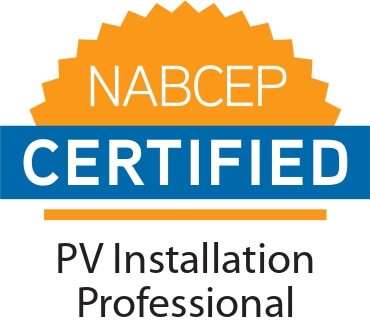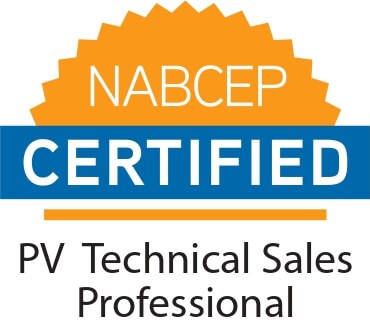Power from stand-alone, off-grid solar installations can pump your wells and cattle tanks, irrigate your crops, water your livestock, and ventilate your outlying buildings for far less than the high cost of running power lines all the way from the nearest power grid connection.
In addition to the usual 30% tax credits and refunds, your working farm’s solar installation can qualify you for $2,500 to $500,000 in USDA REAP program subsidies.
But when you have plants growing beneath your solar panels, they can make your farm more profitable in unexpected ways:
The combination of solar panels overhead and crops growing below creates a shaded microclimate – one that retains the water vapor that the crops transpire. This can cut transpirational water loss by as much as 65% and let each irrigation support plant growth for days at a time instead of just hours.
This microclimate also lengthens growing seasons, producing better crop yields. University of Arizona researchers say that growing crops in the shade of solar panels can double or triple yields. In South Korea, famers planting broccoli beneath solar panels got larger, greener plants and about 10 times the income.
The Panasonic and REC solar panels we install* stand up to high winds, rain- and hailstorms, protecting the crops beneath.
You can grow high-value crops under solar panels anything from jalapenos, cherry tomatoes, and exotic mushrooms to broccoli, cabbages, onions, potatoes, carrots, or soft fruit.
All solar panels generate less electricity when the weather gets too hot or too cold – even Panasonic and REC modules, which are among the world’s most powerful and most resistant to high or low temperature efficiency loss. The microclimate that plants growing under a solar installation create is cooler under the hot sun and warmer at night. That keeps the solar panels at peak output and efficiency.
*Milestone Solar has earned selection as an REC Certified Solar Professional Installer and West Virginia’s only Panasonic Authorized Solar Installer.
Author: bgoldman
During outage season, protect your home from a silent killer
Now that winter has started, so has power outage season. And if you’re using a portable generator to keep the light on in your house, you could be letting in a silent killer – carbon monoxide (CO).
Because carbon monoxide is an odorless and colorless, but highly toxic, it “can kill you before you are even aware it’s in your home,” the EPA warns.
The most common symptoms of CO poisoning are headache, dizziness, weakness, upset stomach, vomiting, chest pain, and confusion, the Centers for Disease Control advise, adding that if you breathe in a lot “it can make you pass out or kill you.”
So if you’re planning to get through outage season with a portable backup generator, the Consumer Product Safety Commission strongly urges you to take these precautions:
- Never use on inside your house, your garage, your basement, your crawlspace, your shed, or on your porch.
- Make sure it’s at least 20 feet away from your house.
- Direct the exhaust away from any building that people go into.
- Don’t rely on open doors or windows to provide enough ventilation to prevent lethal CO buildup. They can’t. (But they can make your home very, very cold.)
- Read and follow all the safety warnings on your generator and in the owner’s manual, and make sure it’s had proper maintenance.
- Install battery-operated CO alarms throughout your home, and test them to make sure their batteries have a charge.
- If a CO alarm sounds, get outside at once, then call 911.
That’s the bad news. The good news is you don’t have to choose between exposing yourself and your family to all these risks and shivering in the dark through the next winter outage.
You can opt for a solar system with battery storage instead.
Unlike portable generators, solar with battery storage burns no fuel and emits no gases, toxic or otherwise. Whenever there’s an outage, it kicks in so quickly and smoothly, the numbers on your digital clocks don’t even blink, our customers report.
And it “refuels” itself every morning when the sun rises.
If you already have a solar array, retrofitting it with battery storage is easy.
If not, with today’s high-capacity batteries, solar with battery storage can make you independent from electric companies and inflating electric bills. That’s why more and more homeowners are coming to us for installation with storage but without interconnection to the power grid.
Especially with today’s inflation, that makes sense. From 2020 to 2021 some states’ kerosene prices went up 31%. And in Virginia, for example, average residential rates were up 4.1% from last year. But last time we checked, sunlight was still free.





